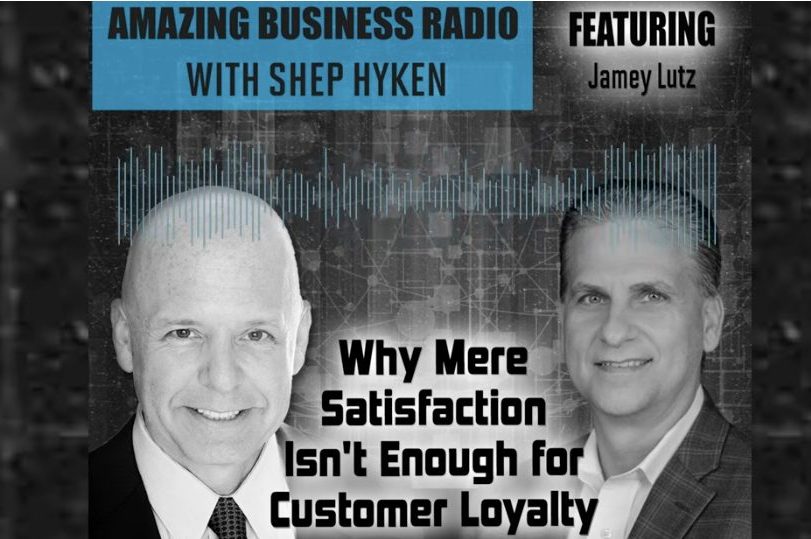The Problem with Mediocrity
Most businesses focus intensely on fixing terrible experiences (which they should) and maintaining excellent ones. However, they often neglect that middle group—the “meh” customers who found their experience merely okay.
These customers might say things like:
- “It was fine.”
- “It was pretty much what I expected.”
- “Would I go somewhere else if I found a better deal or it was more convenient? You bet I would.”
This mediocrity is particularly dangerous in industries with many choices. In hospitality, for example, if a guest is just satisfied with your hotel, they can easily choose another brand next time—especially when competitors are often right next door.
Turning Problems into Opportunities
Interestingly, problems handled exceptionally well can create more loyalty than if the problem had never occurred. I’ve seen this phenomenon repeatedly in my work.
Recently, I experienced this firsthand. I showed up at a doctor’s office only to be told they had overbooked and couldn’t see me. However, the receptionist handled it with genuine empathy and worked diligently to find me another appointment. When I received the survey, I gave her a perfect score.
Similarly, at a restaurant the next day, my sandwich arrived wrong. The server noticed the issue before it even reached the table, apologized sincerely, and quickly resolved the problem. Despite finishing my meal after everyone else, her excellent recovery earned her top marks.
My friend Tom Baldwin, former CEO of Morton’s Steakhouse, defined great service as “mistakes handled well.” I think that’s a brilliant partial definition of what makes service exceptional.
Breaking Free from “Better Sameness”
To truly excel in customer experience, we need to look beyond our own industries. I call this avoiding the “sameness dilemma.” If you only benchmark against direct competitors, you might just become “the best of a lousy lot,” as Horst Schulze of Ritz-Carlton fame once said.
There are two approaches to improvement:
- Differences in degree: Making incremental improvements like shaving two minutes off call center wait times
- Differences in kind: Creating revolutionary changes like how Uber transformed transportation, or Netflix revolutionized entertainment
To achieve true innovation, start with your business outcomes and work backward. Instead of making minor tweaks hoping they might improve results, ask: “What would fundamentally change customer behavior to drive our goals?” This opens up creative possibilities that could be game-changers for both your business and your customers.
Less Can Be More
One final thought worth considering: the paradox of choice. While we intuitively think offering more options is better for customers, research shows this often creates purchase paralysis and frustration.
Consider restaurants with extensive menus, such as The Cheesecake Factory. While I love their food, that menu can be overwhelming for first-time visitors. Research confirms that while consumers appreciate options, too many choices can be debilitating.
When designing your customer experience, focus on being exceptional at a vital few things rather than trying to be all things to all people. As the saying goes, “the riches are in the niches.”
Remember that a confused or overwhelmed customer is less likely to make a purchase—and even if they do, their experience may be tainted by that confusion. By focusing on excellence in specific areas and creating truly memorable experiences, you’ll build the loyalty that mere satisfaction can never achieve.







